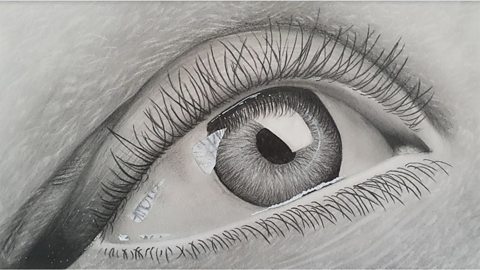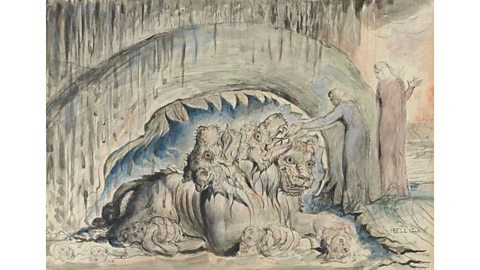Tonal drawing
Drawings that show a full range of toneHow light or dark something is. Tones could refer to black, white and the grey tones between, or how light or dark a colour appears., or shades, look more realistic.
Good tonal drawings will show at least five different shades, smooth blending and no dark edges or outlines.

Whether drawing realistic or abstract subjects, an understanding of tone is important.
A variety of pencils are required to create a tonal study. The B range is soft and dark and more suitable than H pencils for shading and tonal drawings.

Study the different shades in your subject carefully - some areas will be lighter and some darker. These tones are dependent on where the light source is. Drawings can seem flat if there is little difference between the darkest and lightest areas.
Objects are three-dimensional, so tone changes over the surface. Try building tone using several layers of pencil, using softer pencils or working with charcoal.